HMP Castle Huntly near Dundee is Scotland’s only open prison.
The estate at Longforgan accommodates low-risk male prisoners and aims to prepare them for release.
This means offenders are given more freedom than in a closed prison and have greater access to the community.
The Scottish Prison Service (SPS) assesses the risk prisoners pose to the community, and how likely they are to escape or abscond, before moving them to Caste Huntly.
Last week, convicted murderer Raymond McCourt was on the run for three days after absconding from the prison.
The Courier has taken a look at how Castle Huntly works and how much freedom offenders there are given.
What is Castle Huntly?
Castle Huntly is Scotland’s only open prison and sits just outside Longforgan off the A90.
The prison can accommodate 284 low supervision adult male prisoners from across the country.
Prisoners with varying types of sentences can move to Castle Huntly and are assessed on a case-by-case basis.
There are three residential areas: Murray House, containing double occupancy cells, and Bruce and Wallace Wings, with single occupancy cells.
The castle estate dates back to the 15th century and was previously used as a girls’ probation school and a borstal – a type of juvenile detention centre – for boys.
What is an open prison?
An open prison offers fewer restrictions and helps to prepare offenders for release.
Prisoners can progress to Castle Huntly following a “robust risk management process” and after a period in a secure prison.
SPS says activities at Castle Huntly focus on “personal responsibility, job readiness and positive citizenship”.
The aim is to reduce the risk of re-offending.
This can also provide further evidence for the parole board when considering prisoners for release.
Individuals held at Castle Huntly have greater access to the community, can have periods of home release and are able to walk around the estate with few limitations.
The prisoners are responsible for their own day-to-day lives in a way those in closed conditions are not.
Of those liberated from Castle Huntly between March 2023 and March 2024, 93% remain out of custody.
Who serves time in an open prison?
Offenders held at Castle Huntly include those serving a long-term sentence, a life sentence, an order for lifelong restriction or an indeterminate sentence for public protection.
The open setting aims to expose these prisoners to the additional responsibilities associated with increased freedoms.
Those with short-term sentences who are deemed suitable can also serve a portion of their sentence at Castle Huntly.
SPS says this allows offenders of this type to build and maintain family and community relationships prior to release.
Notorious murderers Robbie McIntosh and Thomas McCulloch are among those who have been transferred to Castle Huntly in attempts to reintegrate them into society.
How much freedom are prisoners given?
Prisoners at Castle Huntly are given freedom to move around the estate with few limitations.
An inspection report by watchdog HMIPS in 2022 said there were no perimeter walls or vehicle locks.
However, processes were in place to ensure the safe running of the prison.
Community access for offenders serving long-term, life and order for lifelong restriction sentences can be granted if they are held at Castle Huntly or other less secure locations.
Those with short-term sentences, serving more than 12 months and less than four years, can also be considered for community access or home access.
Castle Huntly offers prisoners a range of employment opportunities based on the operational requirements of the prison.
In addition, daily work placements in the community are also available as preparation for release.
There is also access to indoor and outdoor fitness facilities, while inmates have also created and maintained two gardens in the prison grounds.
Offenders are monitored by staff on site 24/7 and by using CCTV.
How is it decided who gets time out of prison?
SPS uses specific criteria to assess whether an offender is eligible to move into less secure conditions and gain community access.
The pathway differs depending on the type of sentence and considers time served, risk and behaviour in prison.
Offenders can be tested in several ways to ensure they are ready to move to a less secure location.
This can include special escorted leave to assess whether their risk level is manageable.
Offenders will always begin their sentences in closed conditions and can only progress to Castle Huntly after these assessments.
The risk management team makes decisions based on factors such as the offender’s supervision level, their conduct in custody and addiction problems.
Those with long-term and life sentences, or an order for lifelong restriction, can only be granted community access if they are already located in a less secure prison, such as Castle Huntly.
How much time do they get out of prison?
Castle Huntly prepares individuals for release by exposing them to different responsibilities in the community, such as placements, attending appointments and home visits.
While at Castle Huntly, individuals with full community access and who have been a resident for more than 12 months can apply for the enhanced regime process.
This means any prisoner who meets the criteria has monthly options above the standard community access plan.
This includes weekend visits staying within a 20-mile radius with immediate family, a partner, a home leave addressee or a friend.
They may also be allowed a 12-hour unescorted day release on a weekday to a specified address and must stay within a 50-mile radius.
What does it mean when someone absconds?
SPS defines absconding as when any low supervision offender leaves a place of custody with no secure physical perimeter without permission.
They may also have failed to return to custody after temporary release on licence.
The service says an escape is when an offender breaches a security perimeter or security barrier, or evades a secure escort and is out of sight of officers.
The risk management team assesses the risk that an offender may abscond, pose a danger or cause harm to the public when deciding who can move to Castle Huntly.
When someone absconds from Castle Huntly they are returned to closed conditions.
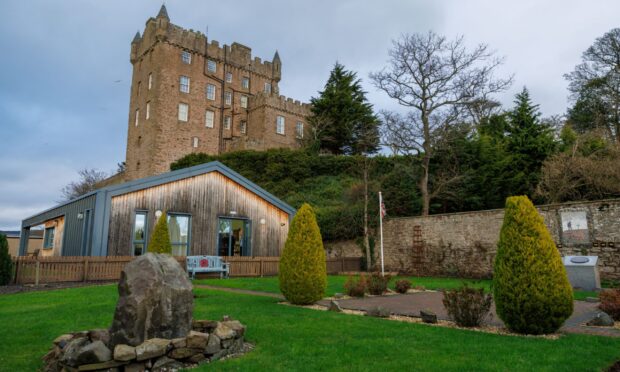

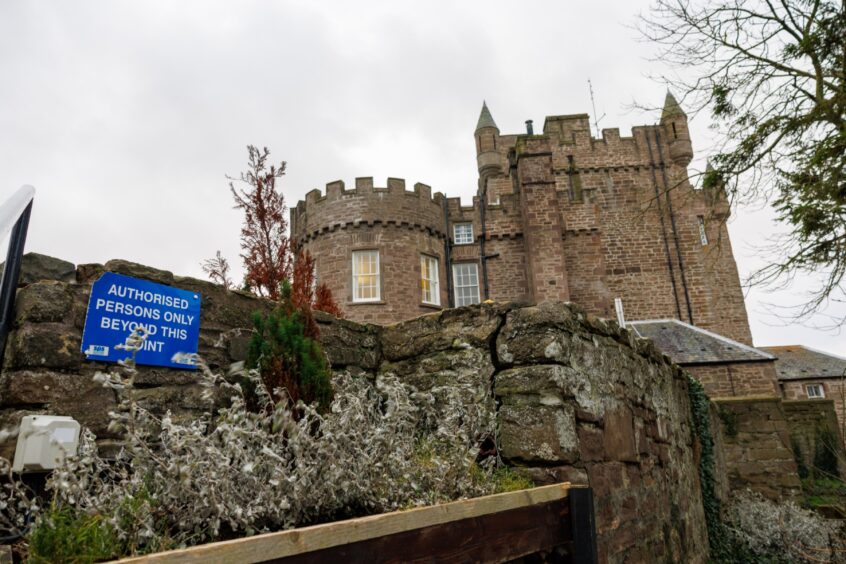



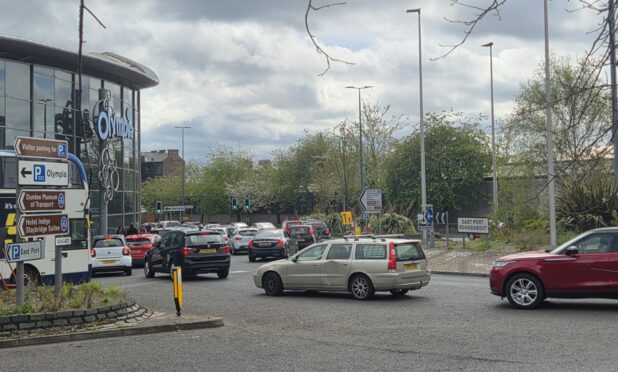
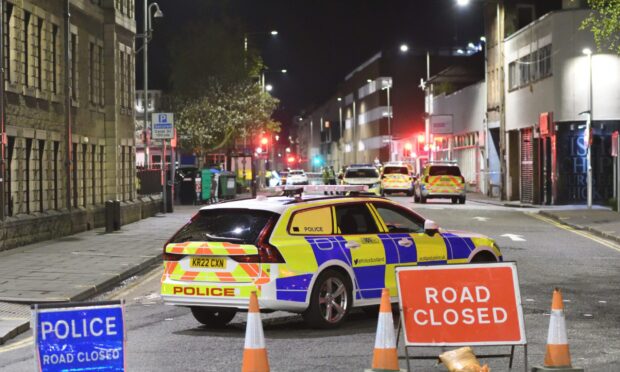
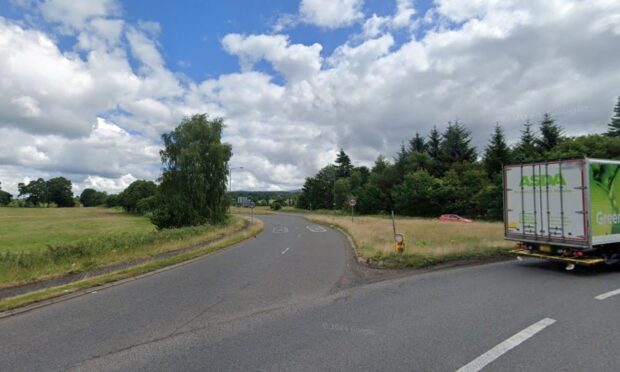





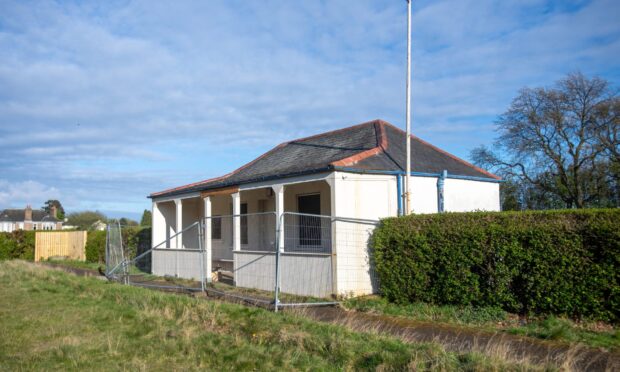

Conversation